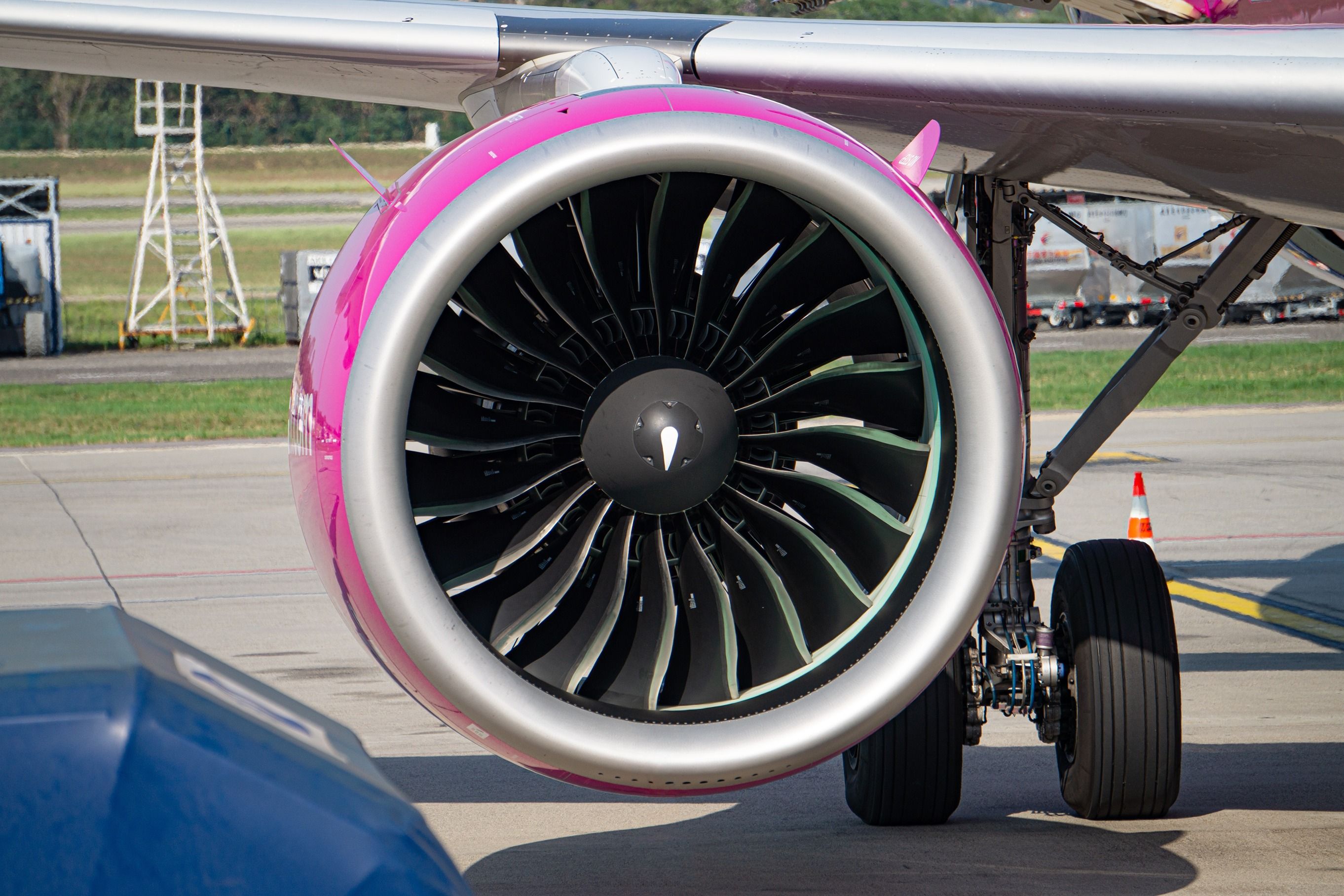Jet engines are designed to produce sufficient power to lift the aircraft off the ground and keep it airborne during flight. To achieve this, they must run at very high speeds. The speed of the engine, in revolutions per minute (RPM), is generally expressed as a percentage of the maximum allowed rotation speed .
Smaller engines run at much greater speeds than larger engines. Over the last few decades, the size of jet engines has significantly increased. The amount of thrust that an engine produces largely determines its operating efficiency .
Large bypass ratio engines tend to increase the amount of thrust the engine produces. The bypass ratio is the ratio between the mass flow rate of the air bypassing the engine core (secondary flow) to the mass flow rate of the air entering the core (primary flow). Larger engines generate more thrust and are more efficient.
However, must they be operated at faster speeds than smaller engines? The answer is no. Want answers to more key questions in aviation? Check out the rest of our guides here . Blade tip speeds Blade-tip speed determines the maximum pressure ratios the turbine and the compressor can obtain.
This, in turn, limits the maximum power and efficiency that the engine can obtain. Engine manufacturers aim to achieve optimum blade tip speeds to increase efficiency. The blade tip speed increases as the size of the blades increases.
If the diameter of a rotor is reduced by half, the rotational speed must double to keep the tip speed.


















